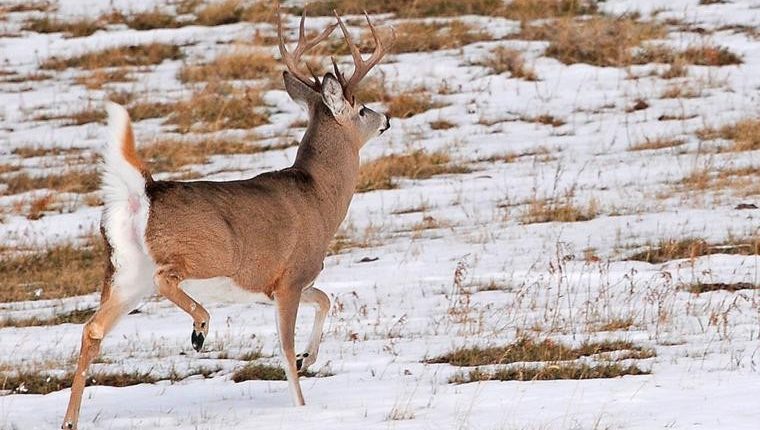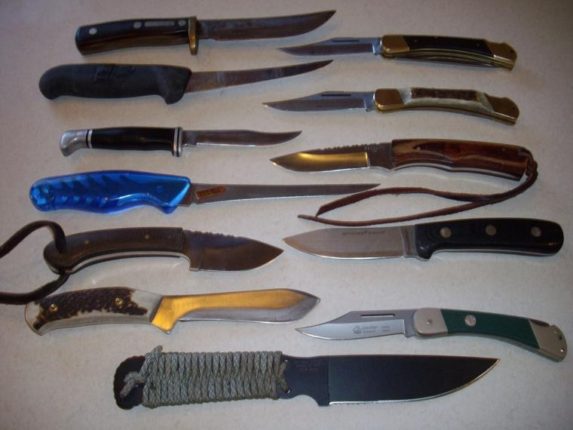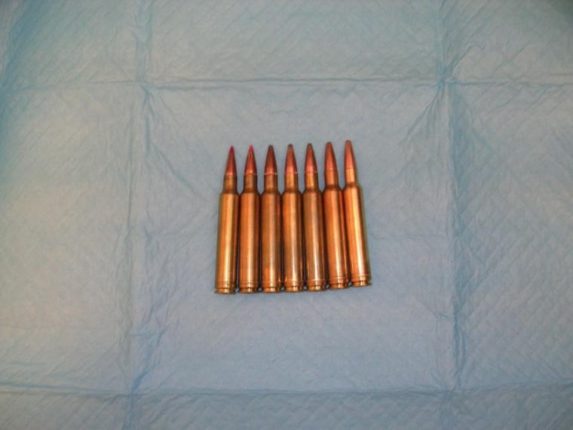Nearly 2,000 cyclists will race or ride from Logan, Utah, to Jackson Hole, Wyoming, in the 36th annual LoToJa Classic, which is set to take place Saturday.
The 206-mile course is ridden in one day and begins at Logan’s Sunrise Cyclery and ends near the spectacular 13,776 foot-high Grand Teton at Jackson Hole Mountain Resort.
Cyclists from the U.S. and five foreign countries will ride on picturesque roads through northeastern Utah, southeastern Idaho and western Wyoming before seeing the Grand Teton at the finish line. Along the way they’ll also pass through Cache Valley, Utah; Preston and Montpelier, Idaho; and the Wyoming communities of Afton, Alpine and Hoback Junction.
Also, cyclists will climb three mountain passes that total almost 10,000 vertical feet. The first ascent is 22 miles long to Strawberry/Emigration Canyon’s 7,424 foot-high summit. The third is to 7,630 foot-high Salt River Pass, which is LoToJa’s highest summit and features a 9 percent gradient two miles before the top.
LoToJa Race Director Brent Chambers said it’s remarkable to see the event turn 36 years old and remain one of America’s most popular cycling endeavors. Several thousand cyclists register every April, but to keep congestion along the race route at a safe and manageable number, less than 2,000 are accepted.
“For many people, LoToJa is much more than a 206-mile bicycle race,” Chambers said. “It’s an institution with its own culture and vibe that has inspired thousands of cyclists, volunteers and sponsors to do great things. Whether you’re a seasoned racer or a first-timer, finishing LoToJa generates a feeling of personal accomplishment that lasts a lifetime. It’s a life-changer.”
Chambers added he’s curious to see if both men’s and women’s course records will fall this year. Last year, Kai Applequist of Boise set the current men’s record of 8:42:31, beating the previous men’s record of 8:45:38. Applequist rode at an average speed of over 23 mph. Melinda MacFarlane of Salt Lake City holds the current women’s record of 9:35:00. She set it in 2013 with an average speed of approximately 21 mph.
Most of the other cyclists take 10 to 13 hours to cross the finish, with some coming in hours after the 8:30 p.m. cut-off time. Yet despite the long day in the saddle, many return every year. For 2018, cyclists are coming from 43 states, some as far away as New York and Hawaii, Chambers said. He also noted this year’s LoToJa again attracted cyclists from other countries, like from the United Kingdom and Mexico.
LoToJa began in 1983 when two Logan cyclists who wanted to create an enduring one-day bicycle race modeled after European professional cycling’s legendary grand monuments of Milan-San Remo, Ronde van Vlaanderen, Paris-Roubaix, Liege-Bastogne-Liege and the Tour of Lombardy.
In LoToJa’s first year, seven cyclists competed and crossed the finish line near downtown Jackson. The winner was Bob VanSlyke of Logan who finished the 186-mile course in nine hours. Since then, LoToJa has become one of America’s premier amateur cycling races. It has also become a major fundraiser for the Huntsman Cancer Foundation, Autism Spectrum Disorder Connections and other medical research foundations. For Huntsman alone, more than $2 million has been contributed by cyclists and sponsors. In addition, LoToJa sponsors local fundraising groups that assist the event.
This year’s LoToJa again features multiple categories for USA Cycling license holders, plus a cyclosportive class, which consists of non-licensed cyclists who are either competing against riders within their age group, or are just riding for fun. A relay race, and categories for tandem riders, are also held.
This year’s race will include more than 650 course volunteers, along with nearly 150 ham radio operators from the Bridgerland Amateur Radio Club. They provide uninterrupted communication throughout LoToJa’s mountainous and remote terrain.
Chambers stressed LoToJa wouldn’t be possible without its volunteers and the cooperation and assistance it receives from businesses, civic leaders, public safety officials and community volunteers.
He also emphasized that LoToJa’s top goal is to have a safe race for all cyclists, support crews and volunteers. Motorists traveling LoToJa’s course on Saturday are asked to use caution when approaching cyclists. Groups consisting of up to dozens of riders may be encountered. Motorists are urged to pass carefully and to leave a safe distance between their vehicle, cyclists and other traffic.
To further increase safety on race day, the Idaho Transportation Department will restrict eastbound traffic on state Route 36 north of Preston between Riverdale and Ovid from 7 a.m. to 12:30 p.m. Eastbound traffic on US-89 between Montpelier and the Wyoming state line will also be restricted from 9 a.m. to 2 p.m.
The temporary travel restrictions were started a few years ago because SR-36 and US-89 are filled with eastbound LoToJa cyclists, Chambers said. Motorists are asked to use caution while traveling on these two roadways during LoToJa, and to anticipate encountering groups of cyclists. Cautious passing is advised to ensure safety for everyone.
Chambers defined “cautious passing” as slowing down, giving plenty of space (at least three feet) between the vehicle and cyclist(s), and patiently waiting for oncoming vehicle traffic to clear before pulling around a cyclist or group of cyclists.
LoToJa cyclists, plus their support crews, well-wishers, event staff and volunteers, represent an entourage of approximately 4,000 people. Several of the communities through which LoToJa passes organize roadside fundraisers to capitalize on the influx of visitors. The host cities of Logan and Jackson also enjoy a welcomed economic boost from the race, specifically restaurants and hotels.
According to Chambers, LoToJa is the longest one-day bicycle race in America that is sanctioned by USA Cycling, the sport’s governing body. It is estimated more than 19,000 cyclists have pedaled more than 4 million miles during LoToJa since the race began in 1983.
Last year’s oldest male cyclist to finish was 75 years old and the oldest female was 64. The youngest boy and girl finishers are 13 years old. The average age of a LoToJa participant is 43.
LoToJa’s route and additional information about the race are available at lotoja.com.



